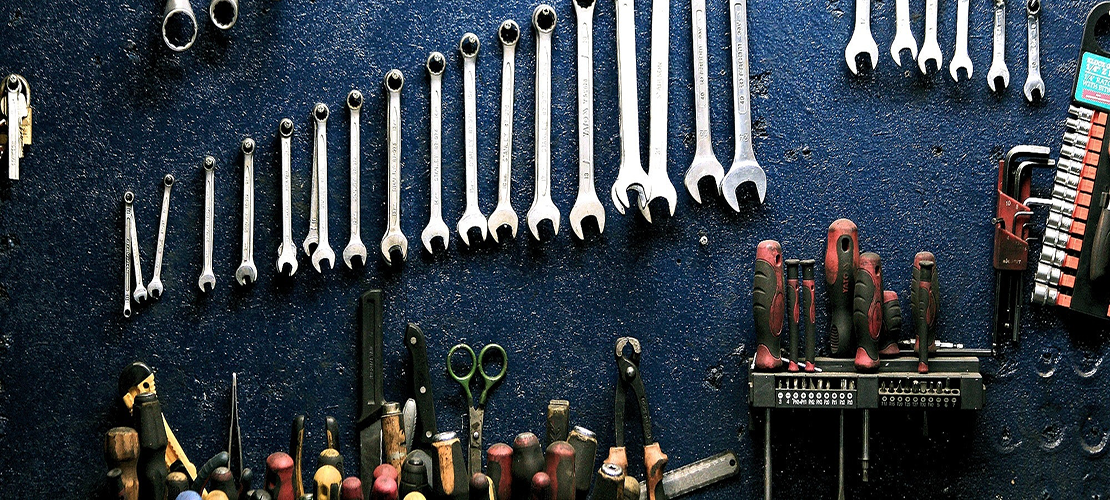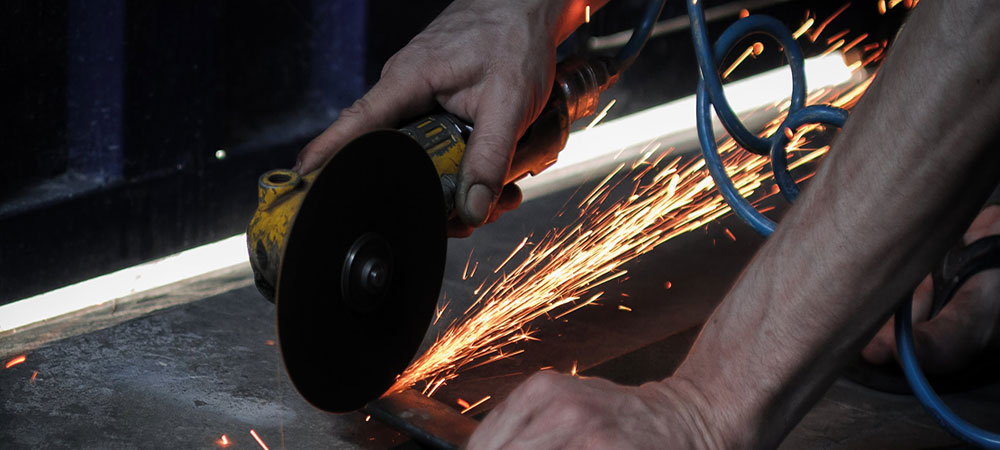Every person who works in the tool-making sector will be mindful of the die-making process. This task involves constructing the dies for many processes in molten casting. Or for casting the parts of plastic injection moulding. The tool maker will make the cast so that production can be executed multiple times. This ensures there is a quick and easy workflow. The tool maker makes the cast and with powerful and high volume manufacturing, the tool maker will also make die sets.
- A die manipulates materials into a desired shape and size
- The press forces the material into the cavity and forms the desired shape


